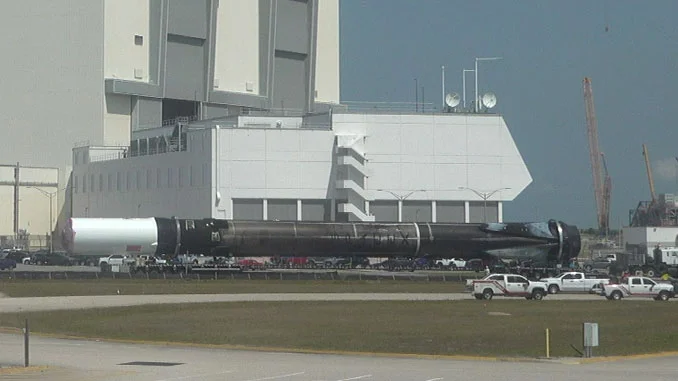
SpaceX Achieves Rocketry Milestones with Multiple Starlink Launches
SpaceX is on a roll, marking a new era of rapid and reusable spaceflight! In a flurry of activity, the company has successfully launched multiple Starlink missions from both coasts of the United States, setting new records for booster reusability and fairing flights. These launches are pivotal for expanding the Starlink constellation, bringing high-speed internet to users worldwide.
Early Saturday morning (May 10, 2025), a Falcon 9 rocket lifted off from Launch Complex 40 at Cape Canaveral Space Force Station in Florida at 2:28 a.m. EDT. This mission deployed 28 Starlink broadband satellites into low-Earth orbit (LEO). The launch followed a stormy evening, showcasing SpaceX's ability to operate even in challenging weather conditions.
"Fairing deployment confirmed. Today’s mission marks our first 30th flight of a fairing half!" SpaceX announced, celebrating a significant milestone in component reusability.
The first-stage booster for this mission, having already completed 11 flights, successfully landed on the drone ship A Shortfall of Gravitas in the Atlantic Ocean. This booster boasts an impressive track record including launches for Crew-8, Polaris Dawn, CRS-31, Astranis: From One to Many, IM-2, and five previous Starlink missions.

Simultaneously, on the West Coast, another Falcon 9 launched 26 Starlink satellites from Vandenberg Space Force Base in California at 8:19 p.m. EDT on Friday (May 9, 2025). The booster for this mission, designated B1081, made its 14th flight and successfully landed on the drone ship Of Course I Still Love You in the Pacific Ocean.

Adding to the excitement, Booster 1067 is preparing for a record-breaking 28th flight from Launch Complex 39A at NASA’s Kennedy Space Center. This mission will deploy another 28 Starlink satellites and represents a major milestone in SpaceX's reusability program.
With over 7,000 operational satellites, the Starlink network is revolutionizing global internet access. SpaceX continues to push the boundaries of space technology, aiming for even greater achievements with future Starship test flights.
What impact do you think these advancements in reusable rocket technology will have on the future of space exploration and commercialization? Share your thoughts and predictions in the comments below!